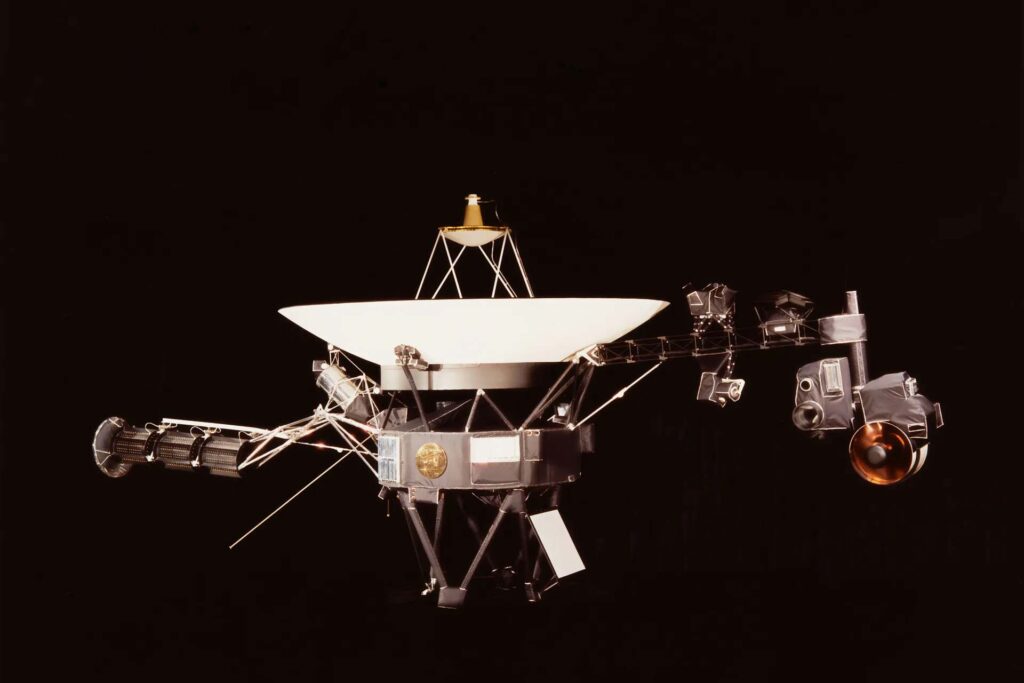Voyager 1 is still alive and hurtling deep into space, more than 24 billion kilometers from Earth. However, a computer problem has prevented the mission team on Earth from getting more information on the condition of one of NASA’s oldest spacecraft.
The computer malfunction occurred on November 14 and affected Voyager 1’s ability to transmit telemetry data, such as measurements from the spacecraft’s science instruments or basic engineering information about how the probe is performing. As a result, the mission team now does not know key parameters related to the spacecraft’s propulsion, electrical or control systems.
Susan Dodd, Voyager project manager at NASA’s Jet Propulsion Laboratory (JPL), in an interview with Erztechnika “If we restore communication with Voyager 1, the greatest miracle will happen,” he said. We have definitely not given up. There are other tasks we can try; But this is the most serious work since I have been the project manager.
Voyager 1 is the farthest spacecraft in history, traveling away from the Sun at a speed of 17 km/s
Dodd became NASA’s Voyager Project Manager in 2010 and oversees a small staff of engineers responsible for human exploration of interstellar space. Voyager 1 is the farthest spacecraft in history, traveling away from the Sun at a speed of approximately 61,155 km/h (17 km/s).
Voyager 2, which was launched 16 days before Voyager 1 in 1977, is not as far away as its twin. This spacecraft traveled a slower path in the solar system and passed by Jupiter, Saturn, Uranus and Neptune; While Voyager 1 sped up to overtake its sister spacecraft during its encounter with Saturn.
For the past few decades, NASA has dedicated the Voyager instruments to studying cosmic rays, the magnetic field, and the plasma environment in interstellar space, turning off the spacecraft’s cameras. Both probes have exceeded the heliopause range; where the stream of particles emitted from the sun encounters the interstellar medium.
Currently, there are no other operational spacecraft exploring interstellar space. NASA’s New Horizons probe, which passed by Pluto in 2015, is on its way to the interstellar environment; But it will not enter there until the 2040s.
The most advanced spacecraft of 50 years ago
Voyager 1’s latest problem lies with the Flight Data Subsystem (FDS), one of three computers on the spacecraft alongside the central computer for command and control. Another computer monitors the position and orientation of the spacecraft.
The flight data subsystem is responsible for collecting scientific and engineering data from the spacecraft’s sensor network and then combining the information into a single data packet in binary code (a combination of zeros and ones). A separate component called the telemetry modulation unit then sends the data packet back to Earth through Voyager’s 3.7-meter dish antenna.
According to NASA, in November data packets sent by Voyager 1 revealed a repeating, nonsensical pattern of zeroes and ones. JPL engineers have spent the past three months trying to figure out the cause of the problem, and now Dodd says the engineering team can say with 99.9 percent certainty that the problem is with the FDS. Voyager’s computer appears to be in “framing» The data has a problem.



